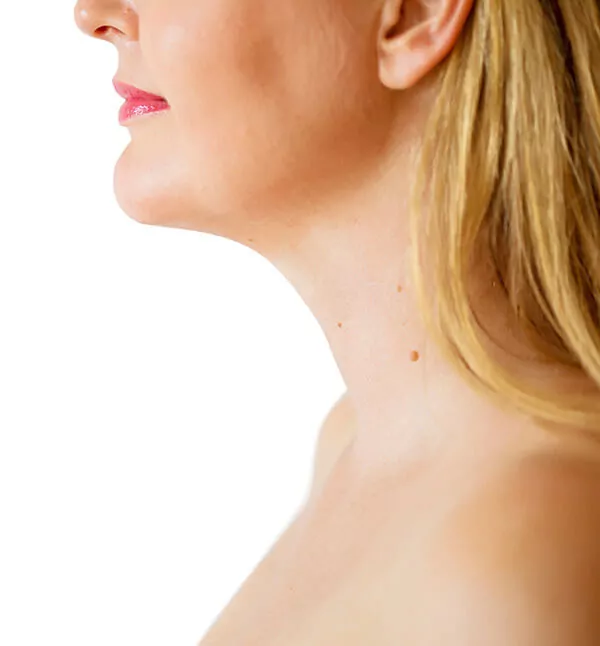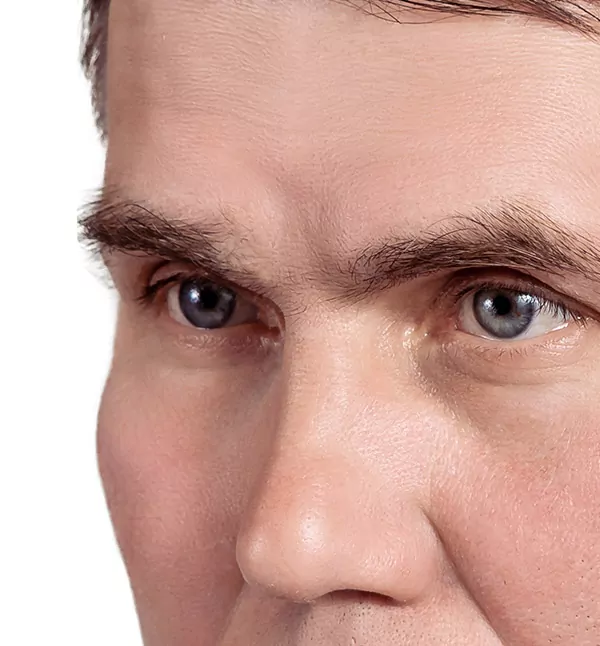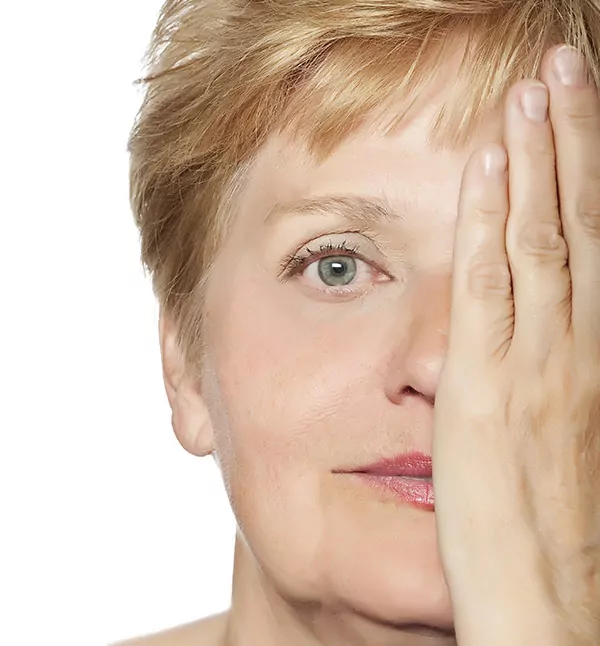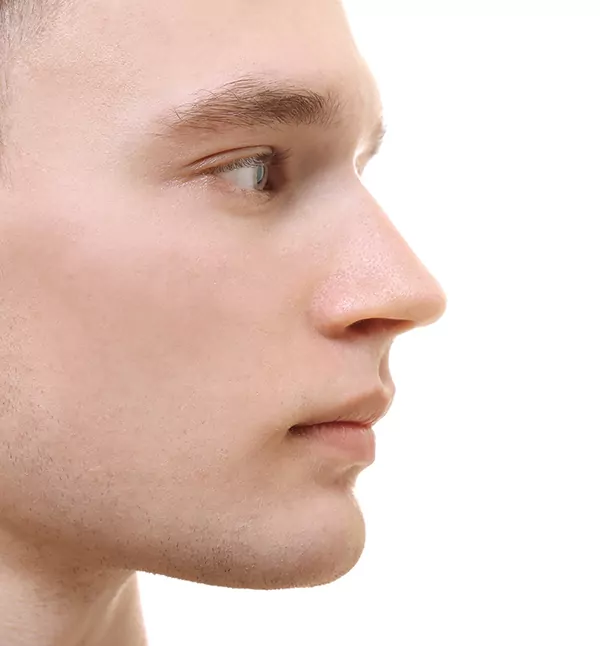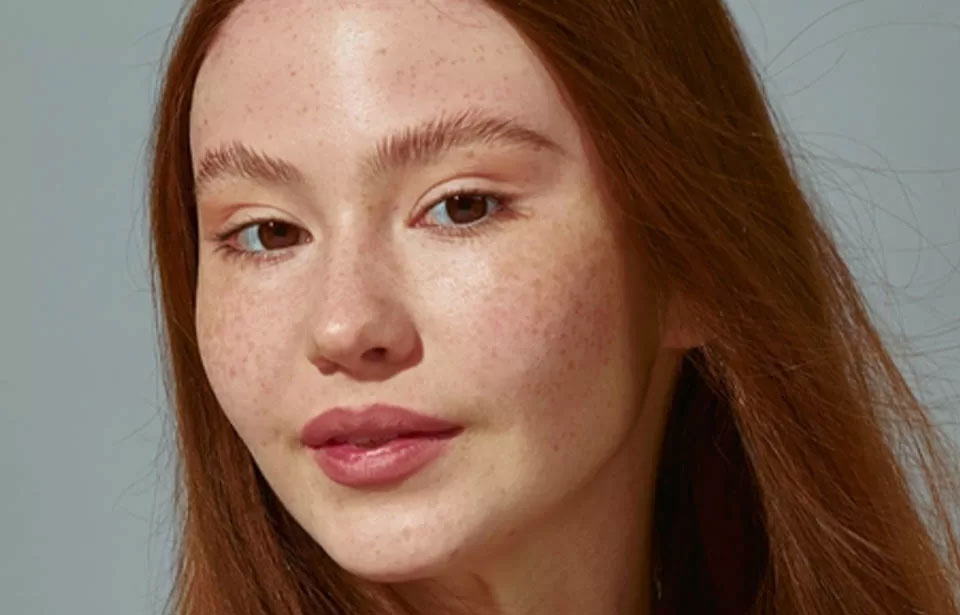
Fox Eyes Surgery
If you’re wondering whether it’s worth exploring the possibility of having fox eyes surgery, you might be interested to learn about the many benefits and advantages that this procedure can offer you. Not only can it give you a more youthful, symmetrical, and lifted appearance, but it can also help to enhance your natural beauty and boost your confidence. And if you’re concerned about the costs of fox eyes surgery, you’ll be pleased to know that Turkey is a great destination for cosmetic procedures because of its affordable prices. With quality medical care, experienced surgeons, and a world-renowned reputation for plastic surgery, Turkey is the perfect location to consider when it comes to achieving the look you desire. So why not take the first step and explore your options today?
How much does it cost?
The prices for fox eyes can vary depending on the region. Fox eye surgery turkey price, the prices are around 1500-4000 dollars. The price of fox eyes aesthetic is determined by the center where the procedure is performed, the expertise of the doctor, and the materials used.
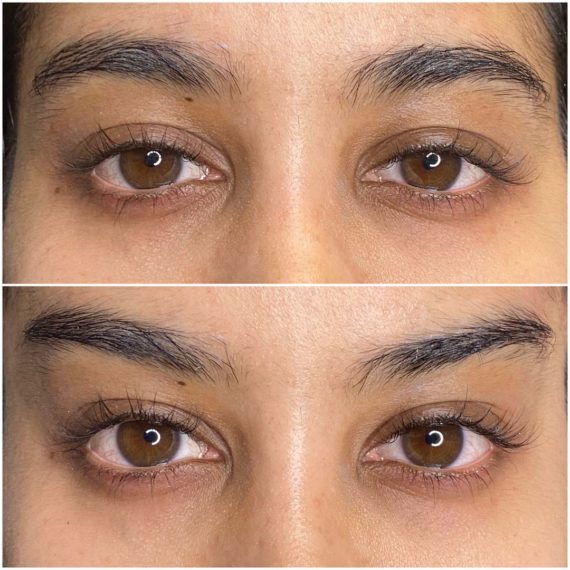
A blepharoplasty can be done under local anaesthetic or under general anaesthetic.
The surgeon will need to know if you are taking any medicines to reduce your risk of blood clots, such aspirin, warfarin or apixaban.
Surgery on the upper eyelids generally involves:
- making a cut (incision) along the eyelid crease in the natural skin fold of the eyelid
- removing excess skin, fat or muscle
- closing the incision – the scar will usually be hidden in the natural fold of the eyelid
Surgery on the lower eyelids generally involves:
- making an incision either just below the lower eyelashes or on the inside of the lower eyelid
- repositioning or removing fat from the bags under the eyes, and sometimes also a small amount of skin
- supporting the muscles and tendon of the eyelid if necessary
- closing the incision
The surgeon will usually apply thin, sticky strips called suture strips to support the eyelids after surgery. These are usually removed up to 1 week later.
Eyelid surgery may take around 45 minutes to 2 and a half hours. Most people can go home the same day.
Recovery
Most people take about 2 weeks off work to recover from eyelid surgery, depending on their job.
You will not be able to drive for a number of days after the operation. Bruises and redness may take several weeks to fade. Scarring may be visible and feel tight for a few months.
To help with your recovery, you’ll need to follow the advice given by your surgeon. You may need to:
- prop your head up with pillows for a couple of days, when resting, to reduce swelling
- gently clean your eyelids using prescribed ointment or eyedrops
- apply a cold pack to your eyelid to help reduce swelling – try a packet of frozen peas wrapped in a tea towel
- wear sunglasses to protect your eyes from the sun and wind
- take paracetamol or any painkillers you were given after the surgery to relieve pain
You should avoid:
- strenuous activity and swimming for a few days
- smoking, as smoke can irritate your eyes
- wearing contact lenses or rubbing your eyes
Side effects to expect
It’s common after eyelid surgery to temporarily have:
- puffy, numb eyelids that are difficult to close
- irritated, sensitive or watery eyes – this may last a few weeks
- bruising
- scars – these should eventually fade to almost be invisible

